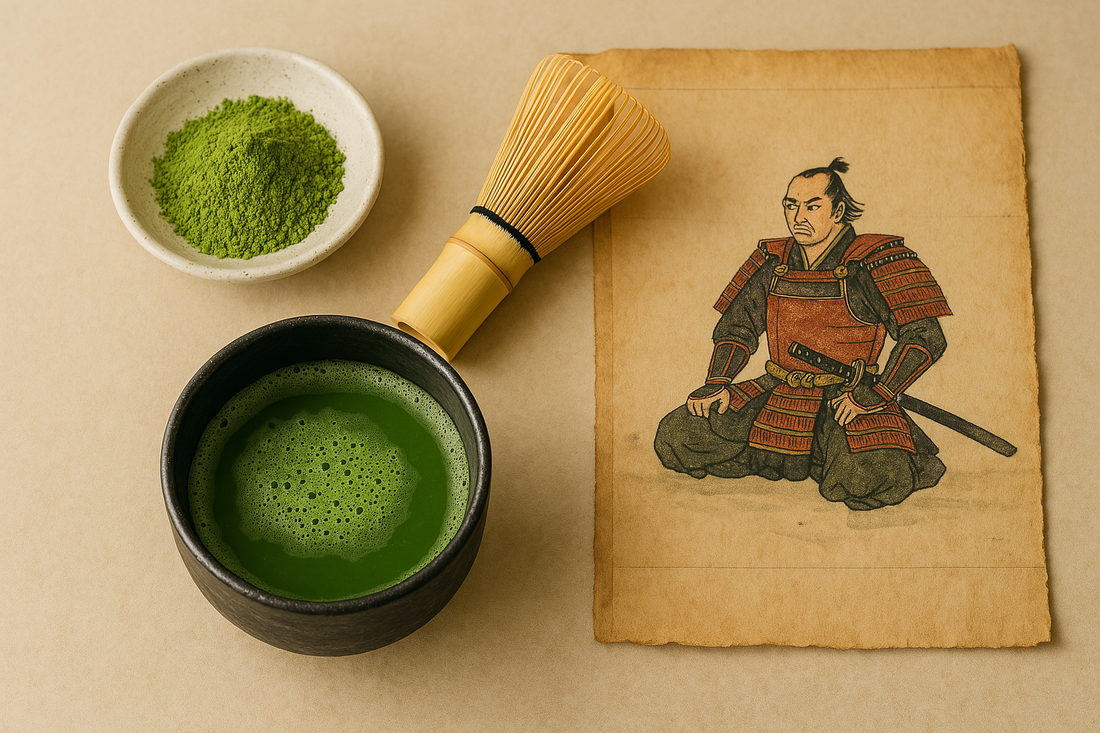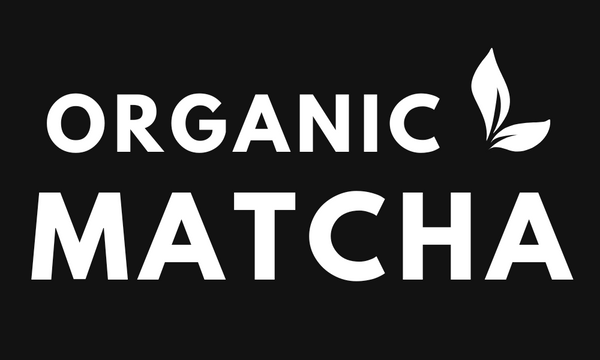
The history of matcha - from Samurai to superfood
Share
Before it became a staple of modern wellness routines and Instagram-worthy lattes, matcha was a sacred tradition - a quiet ritual passed down through generations in Japan. Its journey from powdered tea to superfood begins over a thousand years ago and is rooted in mindfulness, discipline, and ceremony.
The arrival of tea in Japan
Matcha’s story begins in the early 1100s, when Zen Buddhist monk Eisai brought powdered green tea seeds and preparation methods from China to Japan. But it wasn’t just the tea he brought - it was the philosophy. Monks found that matcha helped them stay awake, focused, and calm during long hours of meditation. It became an essential part of temple life.
The rise of ritual: Chanoyu
By the 15th and 16th centuries, matcha evolved from monastic use into a highly respected art form. Sen no Rikyū, a revered tea master, helped shape the Japanese tea ceremony (chanoyu) into what it is today - a meditative, highly intentional practice that emphasizes simplicity, respect, and harmony.
Every movement, from whisking the matcha to placing the bowl, is deliberate and symbolic. The tea ceremony wasn’t about the drink alone - it was about presence, gratitude, and connection.
The Samurai and matcha
Matcha was also favored by samurai warriors, who used it before battle to sharpen focus and maintain a calm, alert state. It gave them mental clarity without agitation — the same qualities that make it a favorite today for work, study, and creative focus.
To the samurai, matcha was more than fuel - it was a mental discipline. Drinking it became part of their martial training and mental preparation, grounding them before intense combat.
Matcha in modern times
Fast forward to today, and matcha has become a symbol of mindful living and holistic health. Though it’s now served in cafes, blended into smoothies, and featured in skincare products, the soul of matcha - its stillness, its focus, its reverence - remains.
Consumers around the world are rediscovering what monks and samurai knew centuries ago: that matcha isn’t just a drink. It’s a ritual. A way to pause. A practice in presence.
From Zen temples to your teacup, matcha’s story continues - one scoop at a time.
